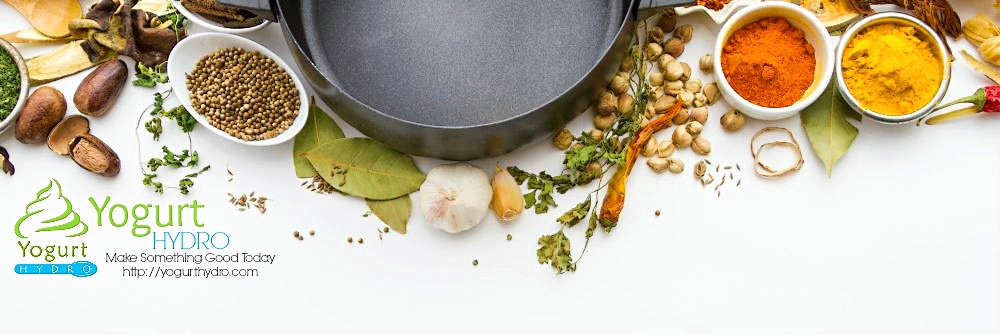Artist’s Conk
By : Yogurt Hydro | 0 Comments | On : November 22, 2014 | Category : Crafts, Crafts & DIY, Dehydrating, Food, Foraging, Preserve, Recipes, Tea
Living in the mountains, I am in the woods quite often. I love plants and flowers so becoming interested in foraging was a natural progression.
On one of our regular forays to find dead-standing trees for firewood, Kevin came across a large fungus growing on an old hardwood tree and brought it to me.
The Artist’s Conk (Ganoderma Applanatum) is a polypore which grows on mature or dead wood, usually hardwood, but can also grow on conifers. It will generally be found near a water source in a temperate climate.
It looks similar to a Red Belted polypore, but of course, without the red belt!:)
The hard woody looking side is the top, while the underside is white and porous (when injured the white side changes to a darker color, making it perfect for “drawing” on).
About 30 billion spores are released daily through the many pores (polypores).
If you were to cut into one, you’d find concentric rings, just like in a tree, marking the years of its life span.
They are perennial, live up to 50 years and grow up to 30 inches across.
While all that is good to know, my main interests lie in their medicinal and creative uses.
When removing one from a tree, take care not to leave marks on the soft underside if you’ll be using it decoratively! It marks VERY easily.
Drawings can be etched in using almost anything as a stylus and the conk is then dried to preserve the etching.
A google search for artists conk etchings will turn up some incredible artwork. Alternatively, dry the conk before painting on it.
They can be used for making a natural rust colored dye for wool and silk using ammonia as a mordant.
Polypore mushrooms can be used to make paper using traditional methods.
Next camping trip, I’ll experiment using it as an insect repellent. Apparently, burning it produces a scent insects are repelled by. I’m curious, and we will see, if it repels humans as well LOL.
It has many medicinal properties and can be used to make teas, tonics and tinctures using water or alcohol extraction methods.
It supports lung health, boosts the immune system, and is said to have antifungal, antibacterial, antitumor, anti-inflammatory and many other medicinal properties.
The general rule is 1 part mushroom to 5 parts water to make a medicinal tea. Harvest the conk in mid-summer and remove the youngest (outer edge) to be used.
Chop conk into small pieces. This will be the hard part! Use a good sharp knife to carefully mince it, or a very good blender (don’t blame me if it kills the blenders motor! Some samples are very tough!).
Bring water to a boil. Reduce heat to just below a boil. Add mushroom pieces and cook this way for a minimum of an hour. Strain to remove conk.
Tea can be mixed with another tea, lemon or honey to tailor the flavors to your liking.
WARNING: This tea is medicinal in nature and may affect you in unexpected ways. It may interact with medications. Do your own research, check with your doctor and use caution when ingesting foraged foods.
Like what you're reading? Share this article:
- Click to share on Facebook (Opens in new window)
- Click to share on Pinterest (Opens in new window)
- Click to share on Twitter (Opens in new window)
- Click to share on Yummly (Opens in new window)
- More
- Click to share on StumbleUpon (Opens in new window)
- Click to share on Tumblr (Opens in new window)
- Click to share on LinkedIn (Opens in new window)
- Click to share on Reddit (Opens in new window)
- Click to share on Pocket (Opens in new window)
- Click to email this to a friend (Opens in new window)
- Click to print (Opens in new window)







